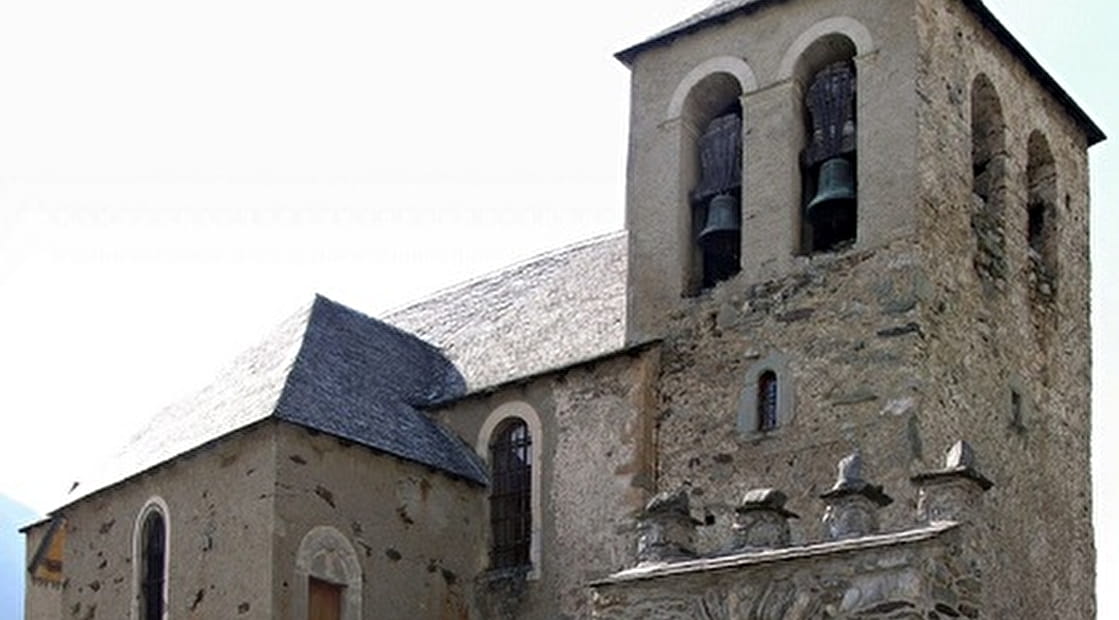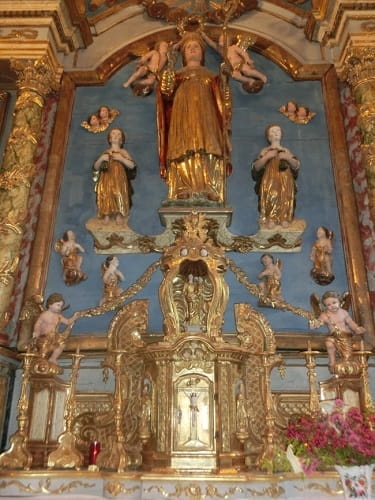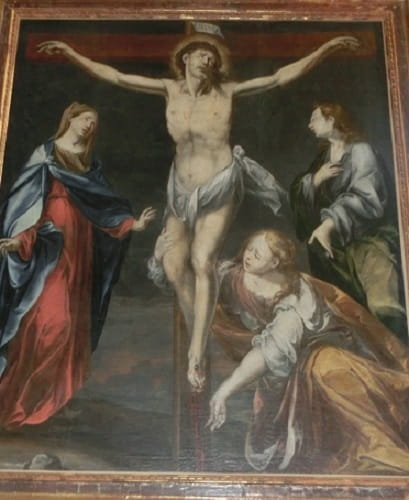About us
This church stands at the top of the village: it is already mentioned in the 1979th century. Its initial structure has been modified over the centuries. It has been listed in the supplementary inventory of historical monuments since XNUMX.
Nowadays, the exterior looks like a main building to which was added, during the 1660th century, probably replacing a bell tower, a square tower. This has several levels: the last is open with five large bays intended to receive bells and, on the lower floors, in pointed arches, two small openings and a low door. In front of this tower and closing access to the cemetery, stands a large gate, covered with a roof on which heavy stones are placed to protect it. In the 1845th century, a side chapel was erected on the right side in execution of a wish formulated during the plague of 1862. In XNUMX, after the merger of the communes of Esquièze and Sère, the church was enlarged by lengthening the nave, then around XNUMX, by a second side chapel built at the same time as the first was enlarged.
Inside, the church is characterized by a high golden nave with two galleries and two side chapels. The choir impresses with an imposing altarpiece as it occupies all three levels. Characters and many decorative elements are painted or gold leaf. In the center of the device, the statue of Saint-Nicolas is surrounded by two little girls, a reminder of his legend, and two solid apostles. At the top, in a cartouche, appears Dieu-le-Père, an old man with a white beard in the middle of cherubs flying in the clouds. A second altarpiece is visible opposite the entrance door: this work represents a scene evoking "the souls of purgatory", a very realistic and suggestive theme, also treated with golden sculptures. The two altarpieces of the church can be dated to the middle of the 1710th century: they are attributed to a cabinetmaker-sculptor from Lourdes, Jean CLAVERIE (1804 – XNUMX).
Finally, note two classified paintings: a crucifixion, Spanish style whose date is uncertain but which, it seems, dates back several centuries, and a baptism, a copy of a XNUMXth century work.
The church is open daily in July/August, on request the rest of the year.
Sources: Seven Valleys Research Society - Mr. Henri LAFFONT
Theme(s):
Church, Sacred art
Pratical information
- Free visit on request not
Rates & payment
Prices
- Free Accès libre free





